Tamra
History
Tamra, a city located in the Lower Galilee region of northern Israel, has a rich history that dates back to the Bronze Age. Its strategic location and fertile lands have made it a desirable location for many civilizations throughout history.
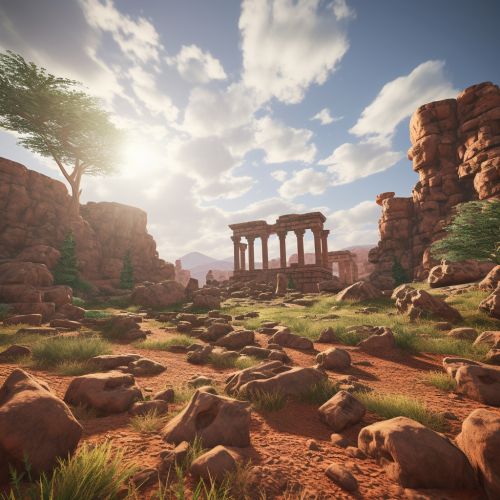
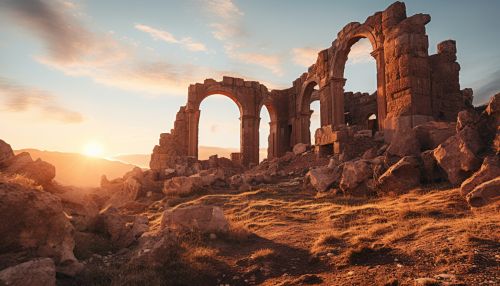
The earliest known settlement in Tamra dates back to the Bronze Age, around 3000 BC. Archaeological excavations have uncovered remnants of ancient buildings and artifacts from this period, indicating a thriving community. The city was mentioned in several ancient texts, including the Amarna letters, a collection of diplomatic correspondence between the Egyptian administration and its representatives in Canaan and Amurru during the New Kingdom.
During the Roman period, Tamra was a significant city, known for its agriculture and trade. The city was part of the Decapolis, a group of ten cities on the eastern frontier of the Roman Empire in Judea and Syria. The city's prosperity continued into the Byzantine period, with the construction of churches and other public buildings.
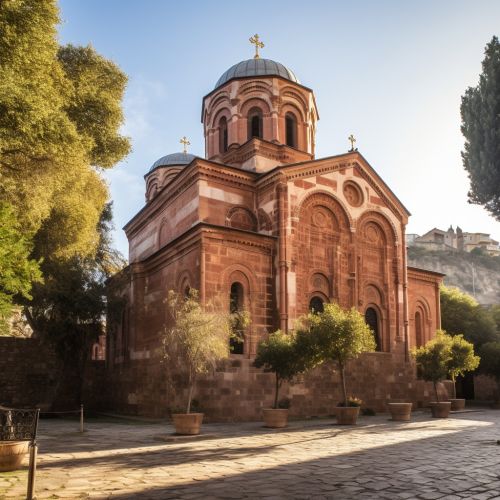
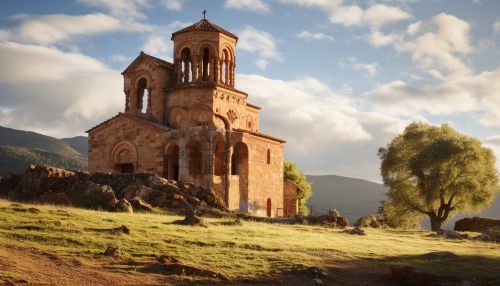
The Islamic conquest in the 7th century brought significant changes to Tamra. The city became part of the Umayyad Caliphate, and later the Abbasid Caliphate. During this period, Tamra continued to prosper, with the construction of mosques, schools, and public baths.
In the 12th century, during the Crusades, Tamra was captured by the Crusaders and became part of the Kingdom of Jerusalem. The city was later recaptured by the Ayyubids under Saladin and remained under Muslim rule until the establishment of the State of Israel in 1948.
Geography
Tamra is situated in the Lower Galilee region of northern Israel, approximately 20 kilometers east of Acre and 30 kilometers west of the Sea of Galilee. The city is surrounded by rolling hills and fertile lands, making it ideal for agriculture.
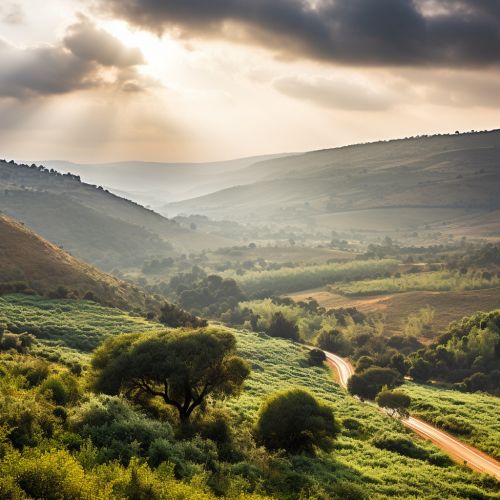

The city's climate is typical of the Mediterranean region, with hot, dry summers and mild, wet winters. The area receives an average of 600 mm of rainfall annually, most of which falls between November and March. The city's topography and climate make it suitable for the cultivation of a variety of crops, including olives, citrus fruits, and grains.
Demographics
As of 2021, Tamra has a population of approximately 34,000 residents, making it one of the largest Arab cities in Israel. The majority of the population is Muslim, with a small Christian minority. The city is characterized by a high birth rate and a young population, with over 60% of residents under the age of 30.
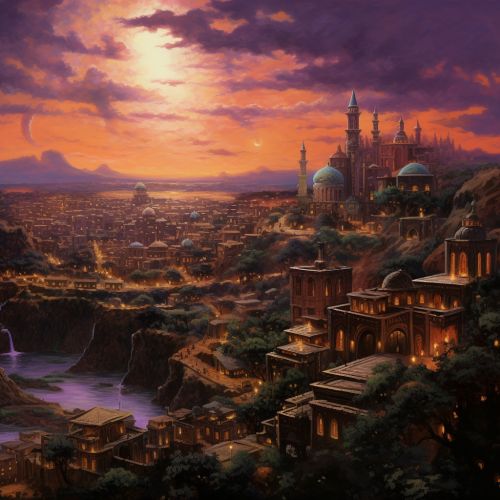
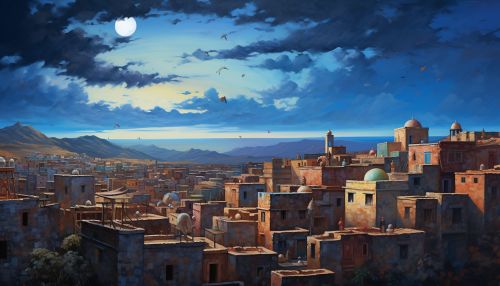
The city is known for its strong sense of community and traditional Arab culture. Arabic is the primary language spoken in Tamra, although Hebrew and English are also widely spoken. The city's residents are known for their hospitality and warm welcome to visitors.
Economy
Tamra's economy is primarily based on agriculture, with the city's fertile lands producing a variety of crops. The city is particularly known for its olive groves, which produce high-quality olive oil. In addition to agriculture, the city has a growing industrial sector, with several factories and businesses located in the city's industrial zone.
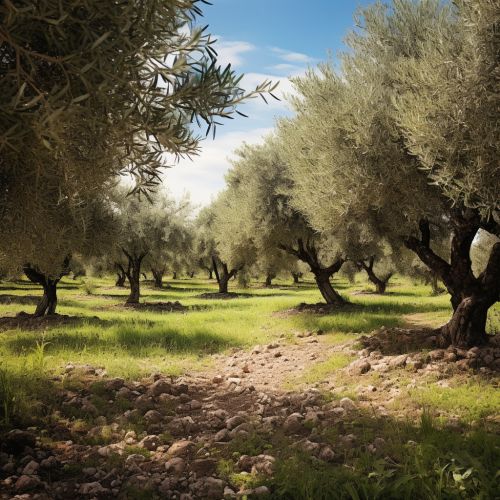

In recent years, Tamra has seen a growth in the tourism sector, with visitors attracted to the city's rich history, beautiful landscapes, and traditional Arab culture. The city offers a variety of attractions, including historical sites, nature reserves, and cultural events.
Education
Education is highly valued in Tamra, and the city is home to several schools and educational institutions. These include primary and secondary schools, as well as colleges and vocational training centers. The city's schools are known for their high academic standards and commitment to providing quality education for all students.

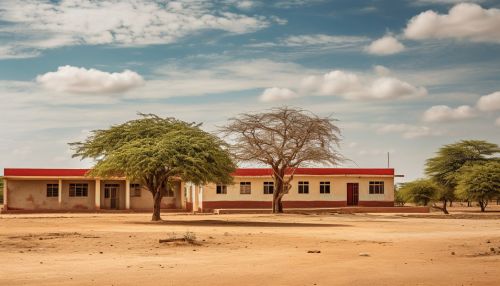
In addition to formal education, the city also offers a variety of cultural and recreational activities for young people. These include sports clubs, art workshops, and youth centers, which provide a safe and supportive environment for young people to learn and grow.
